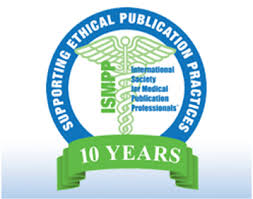Report from the Road: ISMPP Europe
by Stephan Buettgen, Director Analytic Products Sales Europe, Plum Analytics

I was fortunate enough to attend the 2016 ISMPP Europe Meeting this week in London. (ISMPP stands for International Society of Medical Publication Professionals.) It was a great event where Plum Analytics had the chance to reconnect with the medical and pharmaceutical community, strengthen customer relationships and exchange a lot of new ideas.
It became quite clear that modern metrics are getting a lot of traction and interest from these corporations. This is partly to be able to tell the stories about their research and see the performance of their products. But also to use these metrics for competitive intelligence.
Tracking the research output and uncove ring conversations about competitor’s products is a bright new way of monitoring the outside world.
ring conversations about competitor’s products is a bright new way of monitoring the outside world.
In these conversations we talked about the flexibility of our product, PlumX Dashboards, to look at individual researchers, researcher groups, subjects, diseases and therapy classes. This proved to be highly appreciated especially with the capability of tracking all copies of a publication in the various channels throughout the digital world. This multi-angle approach will hold a lot of new chances to mutually success in the future.
For example, one of our customers was interested in analyzing the research activity around a particular treatment area. They already knew the research that had been done that mentioned their drug. With a little investigation, they were also able to identify key papers written about the other competitive drugs in that treatment area. We created a dashboard for them that gathered metrics in usage, captures, social media, mentions, and citations around each article for each of the drugs. They were then able to do head-to-head analysis to see which research around which drugs were leading in each of those 5 categories. Then, digging deeper, we profiled both the established key opinion leaders and the emerging researchers in that area, and were able to compare them through the same mechanisms.